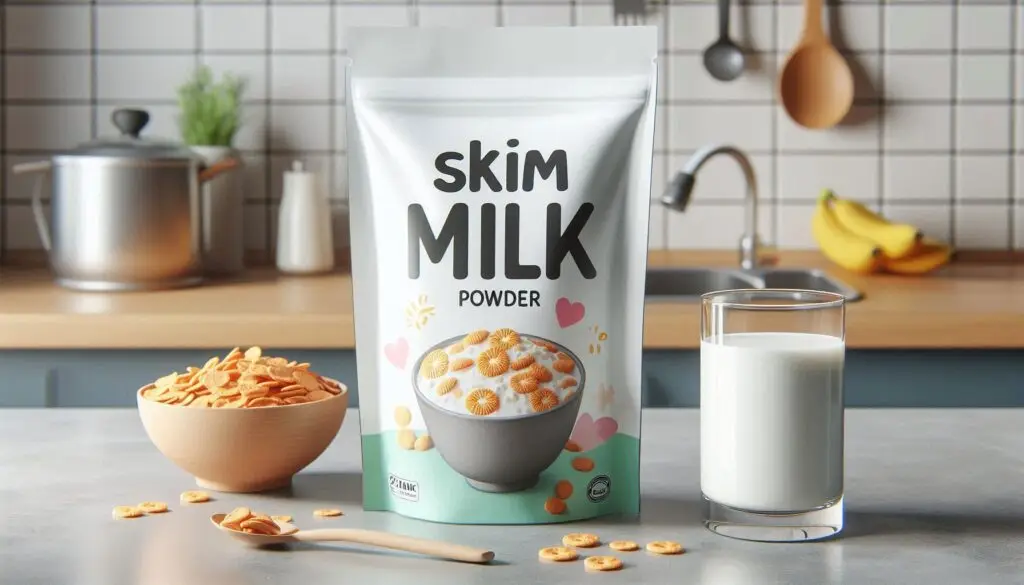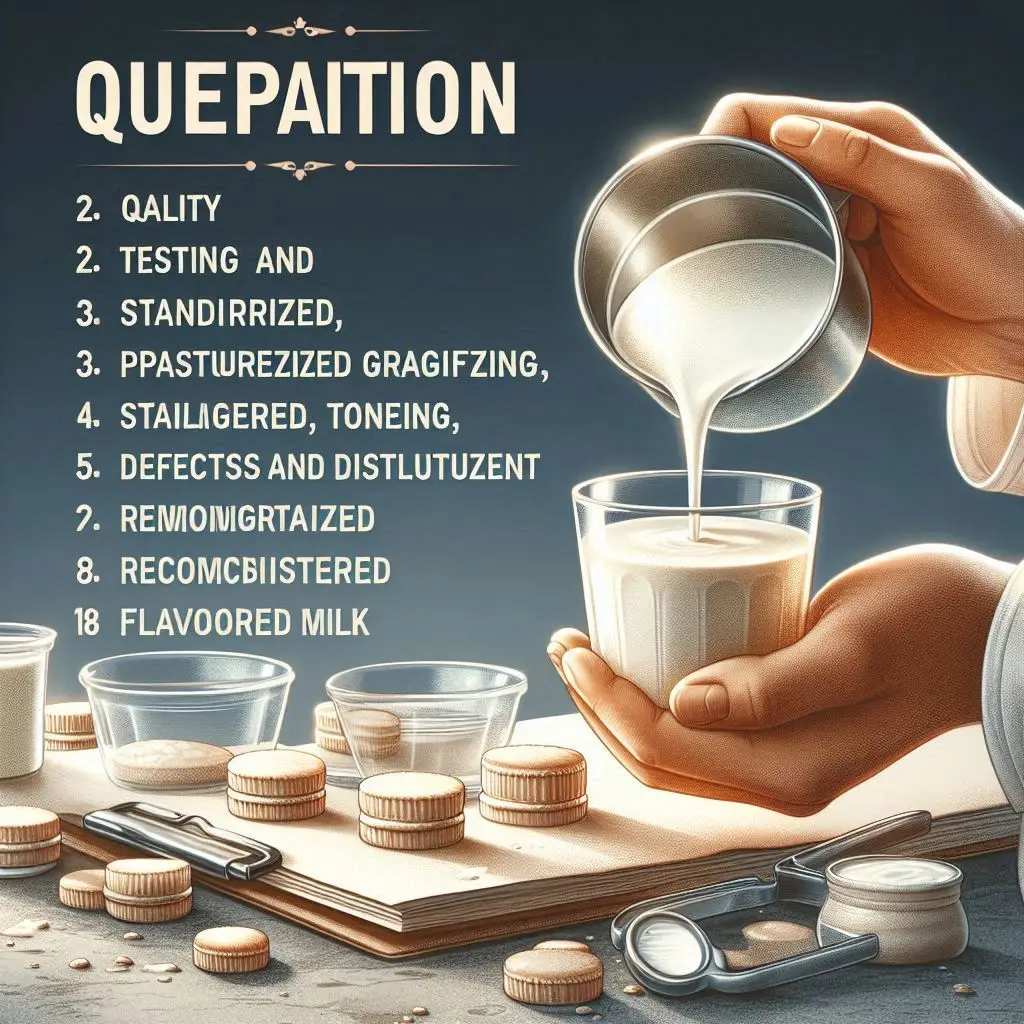Microbial Spoilage in Milk

Milk is a highly nutritious product, but its composition also makes it an ideal medium for microbial growth. Various microorganisms can cause spoilage, leading to changes in flavor, texture, and odor. Understanding microbial spoilage in milk helps dairy farmers, producers, and consumers ensure milk safety and quality.
Causes of Microbial Spoilage in Milk
Microbial contamination in milk occurs due to improper handling, storage, and environmental factors. The primary sources include:
- Poor sanitation during milking and processing
- Contaminated equipment and containers
- Inadequate refrigeration or temperature fluctuations
- Exposure to airborne microbes
Proper hygiene and storage conditions can significantly reduce microbial spoilage and extend milk’s shelf life.
Types of Microbial Spoilage in Milk
Bacterial Spoilage
Bacteria play a crucial role in dairy fermentation, but excessive bacterial activity leads to spoilage. Common bacteria that spoil milk include Lactic Acid Bacteria (LAB), Pseudomonas spp., and Bacillus spp.
How Bacteria Spoil Milk
- Lactic Acid Bacteria (LAB): While useful in making yogurt and cheese, excessive LAB can lead to unwanted sourness.
- Pseudomonas spp.: These bacteria thrive in refrigerated milk and degrade proteins and fats, producing off-flavors.
- Bacillus spp.: These spore-forming bacteria survive pasteurization and cause defects in milk and dairy products.
Learn more about bacterial contamination in milk
Yeast and Mold Spoilage
Yeasts and molds are another major cause of milk spoilage. They typically grow when milk is stored at improper temperatures.
How Yeasts and Molds Affect Milk
- Yeasts: Ferment lactose, leading to gas production and sediment formation.
- Molds: Grow on the surface, forming visible colonies. Some molds release harmful mycotoxins.
Check out how molds affect dairy products
Coliforms and Pathogenic Bacteria
Coliform bacteria indicate poor hygiene in milk production. Pathogenic bacteria pose serious health risks and can lead to foodborne illnesses.
Coliforms in Milk
- Escherichia coli (E. coli): Presence in milk indicates fecal contamination.
- Klebsiella spp.: These bacteria can multiply in improperly cleaned equipment.
Pathogenic Bacteria and Their Effects
- Salmonella spp.: Causes foodborne infections and gastrointestinal issues.
- Listeria monocytogenes: Can survive refrigeration and lead to listeriosis, a severe disease.
Read about pathogenic bacteria in milk safety
Enzymatic Spoilage in Milk
Milk naturally contains enzymes that can lead to spoilage under poor storage conditions.
Key Enzymes Responsible for Spoilage
- Lipases: Break down fats, leading to rancidity.
- Proteases: Degrade proteins, affecting texture and flavor.
Explore how enzymes impact milk quality
Preventing Microbial Spoilage in Milk
Maintaining Hygiene During Milking
- Ensure proper sanitation of udders before milking.
- Use clean and disinfected equipment.
- Store milk in sterilized containers.
Find dairy hygiene best practices here
Proper Milk Storage and Refrigeration
- Keep milk below 4°C to slow bacterial growth.
- Use airtight containers to prevent airborne contamination.
- Avoid temperature fluctuations during transportation.
Best refrigeration methods for dairy storage
Pasteurization and Heat Treatments
- Pasteurization: Heating milk to destroy harmful bacteria without altering nutritional value.
- Ultra-High Temperature (UHT) Processing: Extends shelf life by eliminating most microbes.
Discover different milk pasteurization techniques
Using Natural Antimicrobials
- Lactoperoxidase System (LPS): Enhances milk preservation by inhibiting bacterial growth.
- Essential Oils: Certain plant-based compounds possess antimicrobial properties.
Check natural ways to preserve milk
Conclusion
Microbial spoilage in milk can result from bacteria, yeasts, molds, and enzymes. Proper hygiene, storage, and pasteurization help prevent contamination and extend milk’s shelf life. Awareness and preventive measures ensure safer dairy products for consumers.
For more pearls of Vets Wisdom:
Thiamine deficiency in Birds





Responses